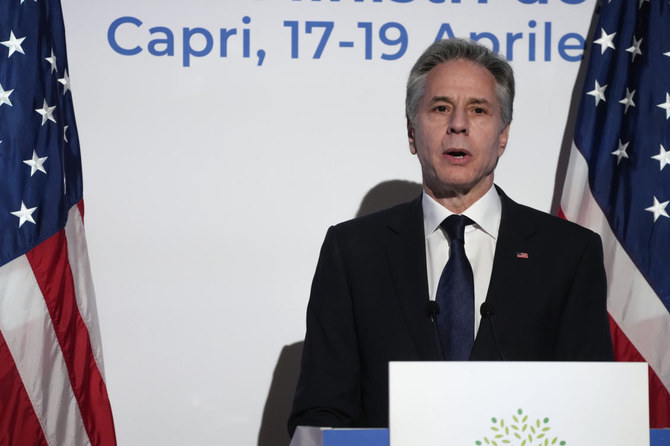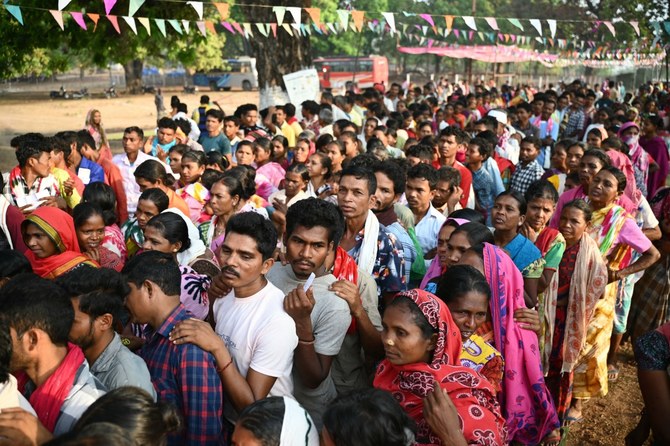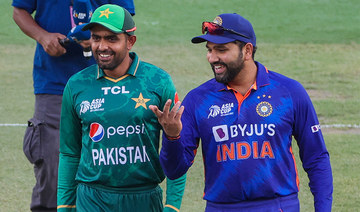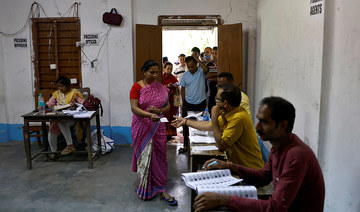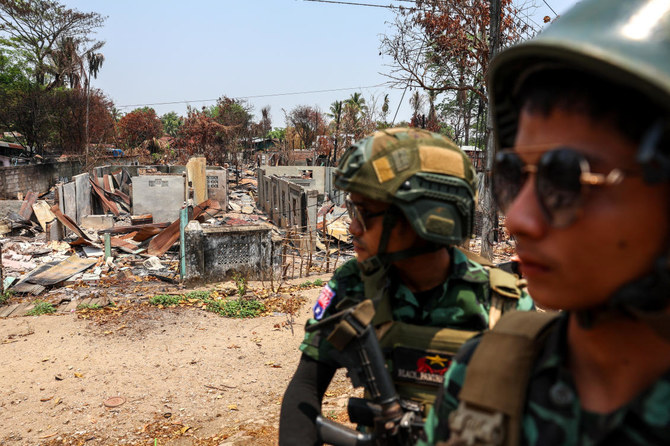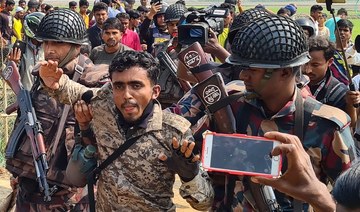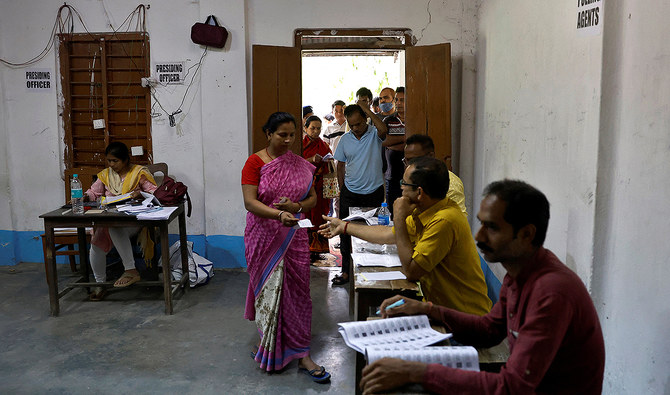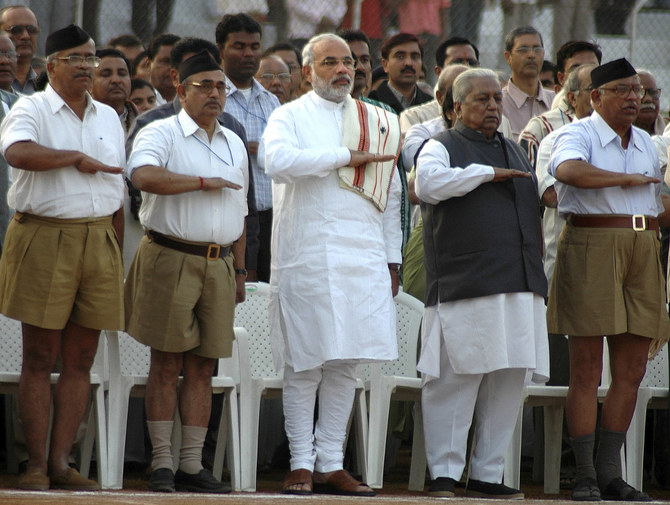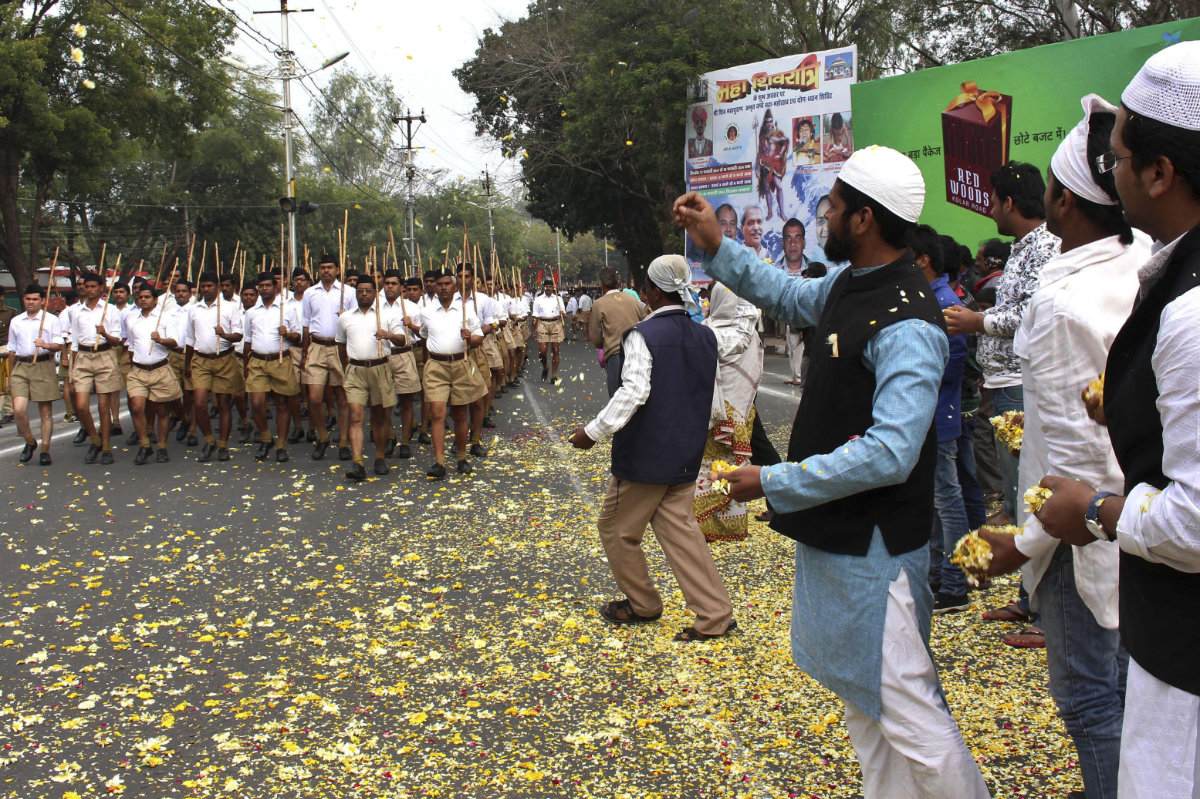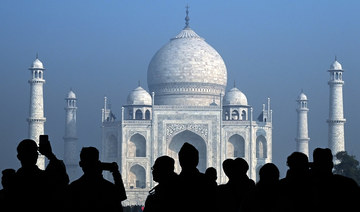MANILA: Bracing for the impact of powerful typhoon “Mangkhut” (local name “Ompong“), Philippine officials scrambled to make all necessary preparations as they aimed for “zero casualty.”
Currently packing sustained winds of 205 kph and gustiness of up to 255 kph, Mangkhut has already entered the Philippines area of responsibility on Wednesday afternoon. It is described as the strongest typhoon to hit the country this year.
The Philippine Atmospheric, Geophysical and Astronomical Services Administration (PAGASA) earlier said Mangkhut, now with a diameter of 900 km, is expected to reach a peak intensity of around 220 kph maximum sustained winds and gusts of up to 270 kph.
According to the state weather bureau, cyclones with wind reaching more than 220 kph are categorized as super typhoon. As of reporting time, it has yet to upgrade Mangkhut’s status.
In view of the possible effects of Mangkhut, concerned government agencies held a pre-disaster risk assessment meeting at Camp Gen. Emilio Aguinaldo to discuss the country’s preparations on the approach of the cyclone.
During the meeting, PAGASA said tropical cyclone warning signal No. 1 may be raised over Eastern Luzon as early as Wednesday night or early Thursday morning. Heavy rains and strong winds may be experienced over Northern Luzon and parts of Central and Southern Luzon. Surrounding seas are expected to have rough to very rough conditions. Metro Manila may be issued with Tropical Cyclone Warning Signal 1 between Sept. 14 and 15.
As Mangkhut approached the Cagayan-Batanes area, authorities warned that very strong strong winds, storm surges along coastal areas and heavy-to-intense rain is expected in Cagayan and Isabela by Friday and all over northern Luzon by Saturday.
With that, residents along the coastal areas in affected provinces were alerted against a possible storm surge. Likewise, people living in flood and landslide-prone areas were advised to undertake necessary preparations as early as possible.
“Families are expected to heed the call of local government units on pre-emptive evacuation if the situation warrants,” the National Disaster Risk Reduction and Management Council (NDRRMC) said.
The NDRRMC Operations Center was likewise placed on red alert and the Response Cluster has been activated. The NDRRMC is also closely monitoring actions and preparations on the threats of the typhoon in close coordination with its regional offices.
This is to ensure the orchestrated response of the government to address the safety and welfare of communities likely to be affected.
The Department of Interior and Local Government, on the other hand, has activated its reporting systems to closely monitor the preparations of local government units (LGUs) concerned, particularly the implementation of preemptive evacuation.
Officer-In-Charge Eduardo M. Año has ordered mayors to be present in their respective localities to ensure immediate government response when the typhoon hits the country.
Año warned that those who fail to show up when the Mangkhut rakes through the country will be sanctioned. This was stressed as the government is aiming for zero casualty during the typhoon.
“We have been forewarned as early as last week that Mangkhut is no ordinary typhoon and is similar to Yolanda. Let us brace our communities and urge our people to also make the necessary preparations for their families ... Let’s aim for zero casualty,” said Año. Yolanda (international name Haiyan) was one of the strongest tropical cyclones ever recorded. It struck the country in 2013 and left a swath of destruction, with more than 6,000 people dead.
Año said LGUs must stand by equipment and deploy teams for security, medical, clearing, evacuation, relief distribution, and communication needs. They should be able to send rescue and medical teams to highly vulnerable areas during and after the disaster, and must also secure power, water supply and communications, patrol areas and stand by for clearing operations.
Meanwhile, the NDRRMC logistics cluster led by the Office of Civil Defense has ensured that land, air, and sea assets are in place to immediately transport additional teams and supplies to stricken areas if necessary.
The Armed Forces of the Philippines Northern Luzon Command had also alerted all its ground forces to be on standby and are now in position to perform humanitarian assistance and disaster response operations with their military resources such as helicopters and navy vessels which are ready for use if the need arises.
Quick-response teams have been deployed in the province of Batanes and have established alternative communication devices to ensure that communication lines will remain open during the onslaught of the typhoon.
Additional quick-response teams and health emergency response teams are on standby for immediate deployment in affected areas.
The Department of Social Welfare and Development has ensured the prepositioning of food and non-food items on the ground, and is preparing for possible augmentation of relief supplies to affected communities. Health teams, medicines and medical supplies have also been pre-positioned for immediate access of those in need.





